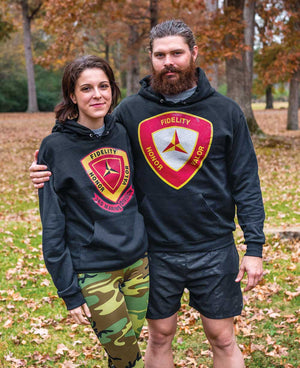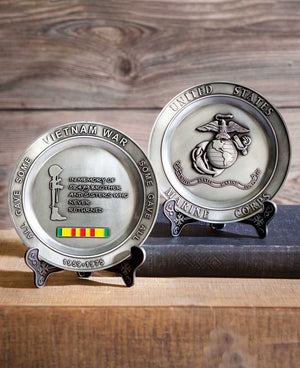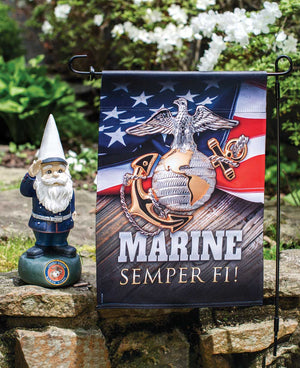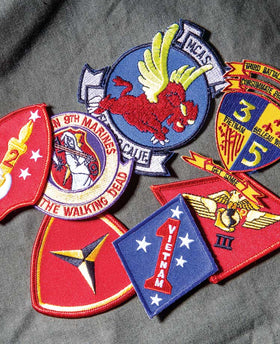Request a Catalog

So anyways, we're on this float---
It’s 1969 and I’m with Fox Company, 2nd. Bn./ 2nd Mar. Reg/ 2nd. Marine Division on a Caribbean float. We’re doing jungle training in Panama with the Black Palm Jungle Survival school; which is run by the Army’s Green Beret unit. We were waiting to learn about using a Zip Line for a river crossing. It’S true, we were riding on zip lines years before it became a fun experience that you paid to do. Like I was saying, we’re standing around this Army Captain as he demonstrated how to make a floating device from our ponchos. I guess he didn’t understand that Marines know how or are taught to swim before leaving boot camp. He also told us how to use a zip line in order to get back across this same river. When questioned about the safety of this wire, the captain stated that he would give a month pay to learn what it felt like just before this wire broke. Well, we took our turns swimming across this stream and climbing up this tree using a ladder. I’m not sure where this ladder came from. I never saw anyone humping one of these in the bush. But I digress, I was number three in line so I’m sure about this. A Marine put the strap over his head and under his arms—he takes one step off and about to become air born when—you guessed it—the wire broke. We got it fixed without the benefit of instructions from the Green Beret. We finished the training without further incident or this captain. By the way, he never made good on his promise to give the Marine his paycheck and I’m sure this young man could have used the money—-a PFC only made about $105.00 a month back then. Now for those who are wondering about making a floating device using your poncho, you lay your poncho flat on the ground and take off all your clothes and put them in the center. Then using your boot laces, you tie the four corners together and get into the water holding on your poncho. You then quickly get out of the water and open the poncho up and get redress. My concerns about this: no weapon came across with you (maybe that’s why “they” exchanged the M-14 for the M-16—it must float), you are butt naked standing on the river bank trying to dry off before putting your clothes back on (I guess the enemy have to stop laughing before they can shot you full of holes), and , lastly, you may have noticed that I didn’t say anything about your pack and other gear that is still on the other side of the river. I guess that would be the least of your concerns as you are running through the jungle butt naked, bare footed, wet, and without a weapon. No wonder those Green Berets are so tough and few. oh well, it’s like Capt. George, my CO, told me as my feet were turning a different color from being so wet for so long (remember the floating device), I finished the Black Palm Survival Training.







Comments
Leave a comment